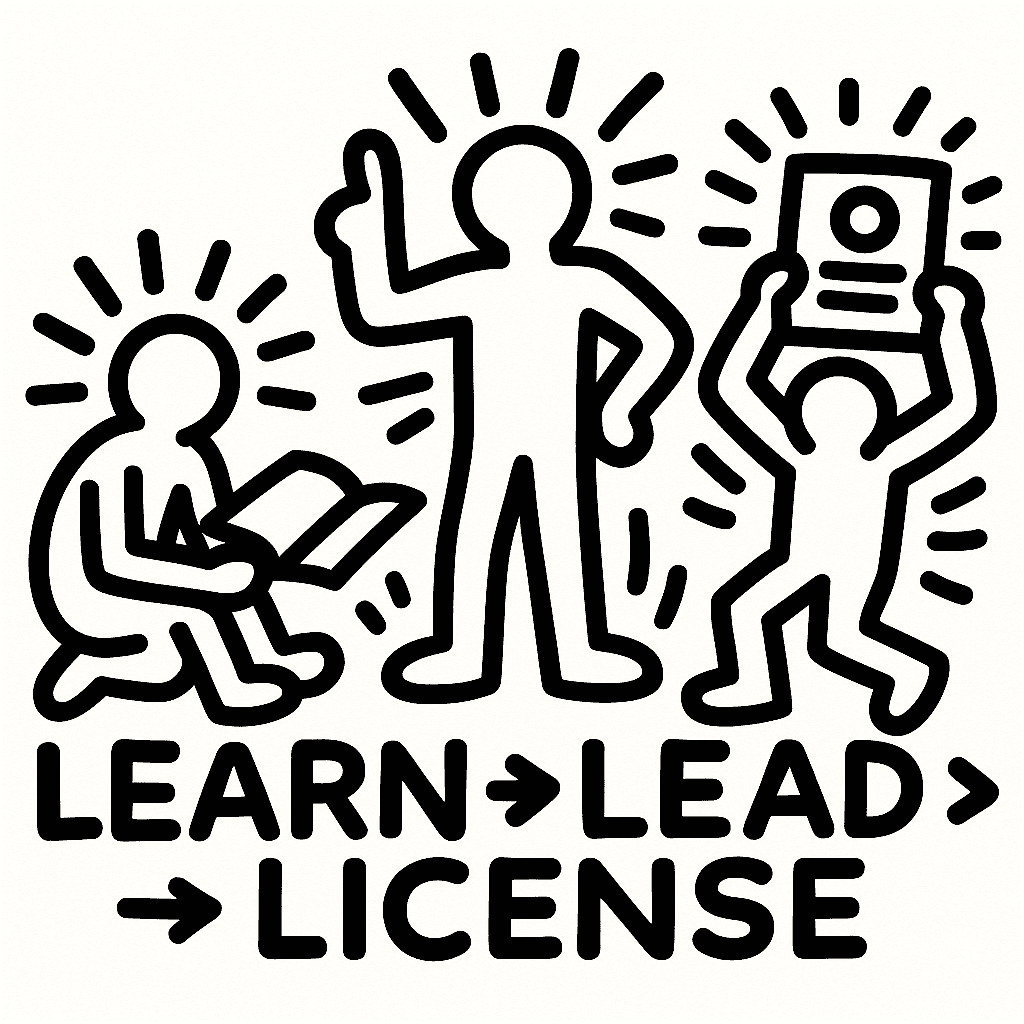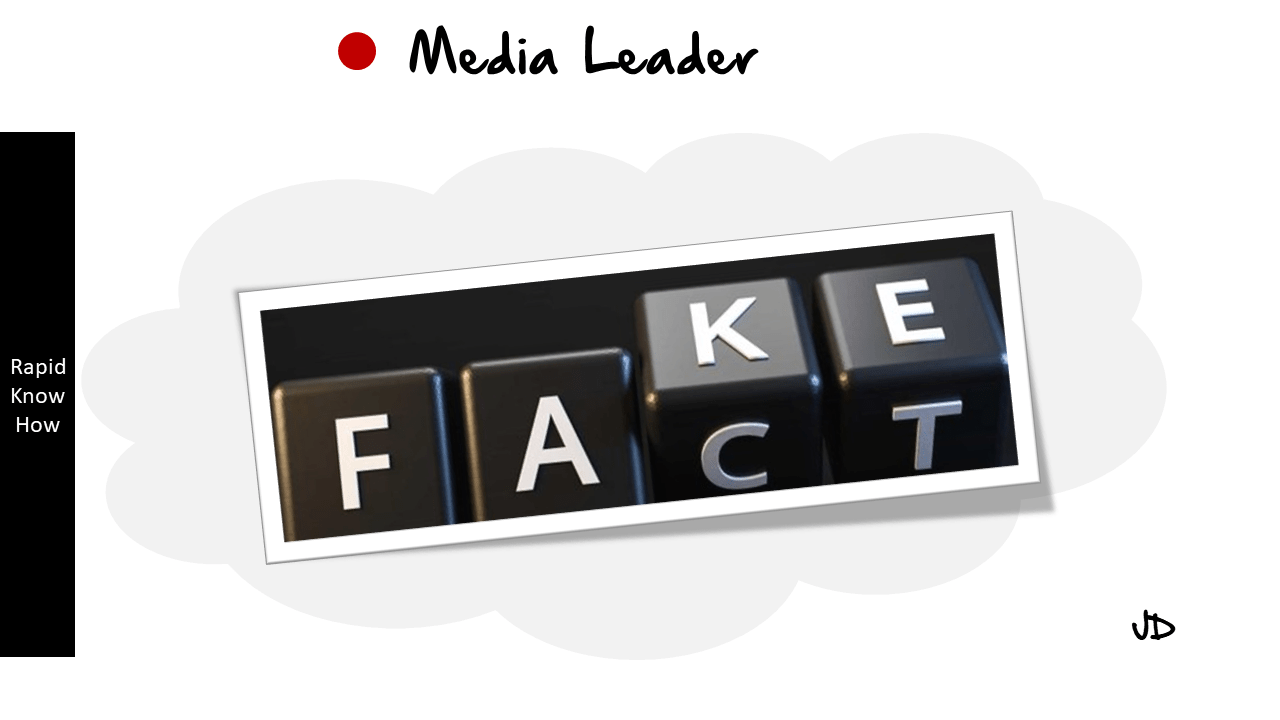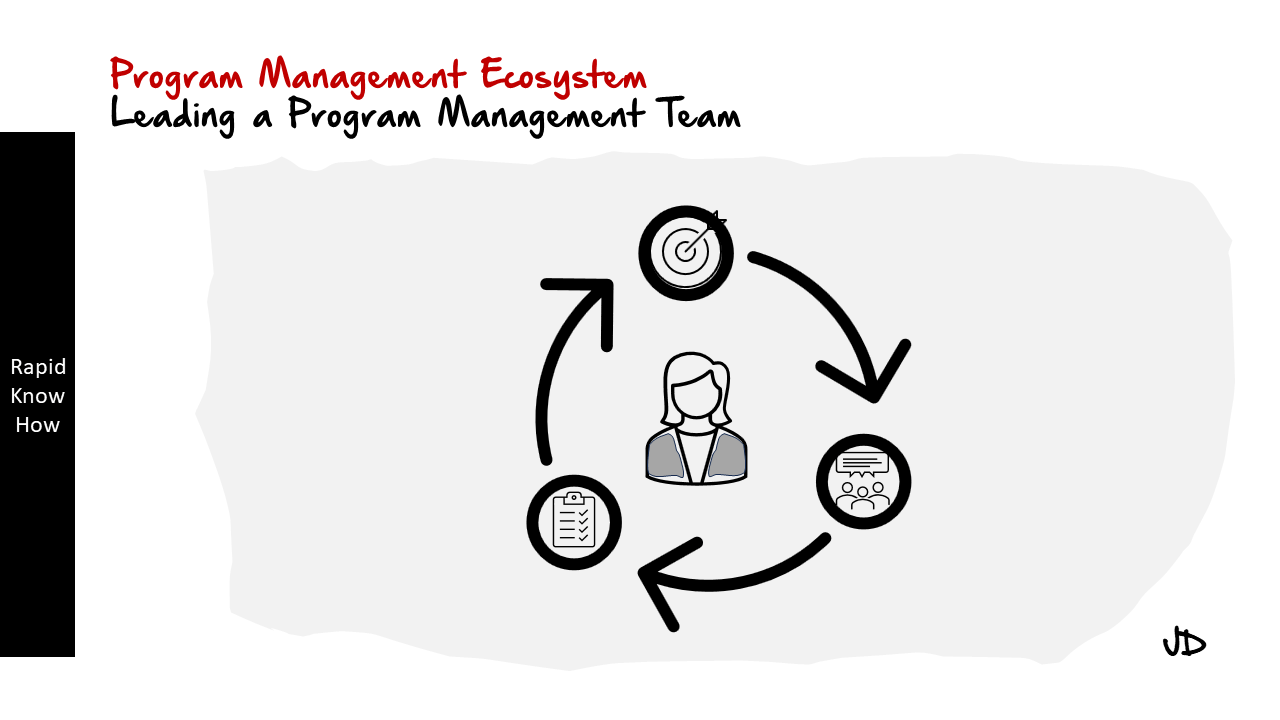If you want to build your media competence , you need understand how the media industry and system work
Learn: Understanding How the Media Industry and System Work
🎯 Objective
Gain clarity about how the media industry functions — its structures, processes, and hidden dynamics — to build knowledge that reveals both opportunities and risks.
🔎 1. Industry Structures
- Ownership & Control: Who owns major media outlets (state, corporate, independent)?
- Regulation & Policy: Legal frameworks, state influence, lobby groups.
- Market Segments: Print, TV, radio, digital, social platforms, streaming.
- Revenue Models: Advertising, subscription, pay-per-view, state funding.
⚙️ 2. Processes
- Content Creation: Newsrooms, editorial lines, use of AI and algorithms.
- Distribution Channels: Traditional broadcast vs. digital-first strategies.
- Agenda Setting: Selection of stories, framing, timing.
- Feedback Loops: Ratings, clicks, comments, surveys influencing content.
🕵️ 3. Hidden Dynamics
- Gatekeeping: Which stories are told, which are silenced?
- Narrative Power: How framing shapes public opinion.
- Cross-Ownership: Same corporations controlling media + tech + politics.
- Invisible Influences: Lobbyists, PR agencies, political spin doctors.
🚀 4. Opportunities
- Independent, niche journalism.
- Citizen media & decentralized platforms.
- AI-powered analysis of bias and narratives.
- Transparency initiatives (media watchdogs, fact-checking).
⚠️ 5. Risks
- Concentration of media power.
- Hidden propaganda and manipulation.
- Algorithm-driven echo chambers.
- Erosion of trust in journalism.
✅ Result: By understanding these structures, processes, and hidden dynamics, you gain the knowledge base to:
- Recognize bias and manipulation.
- Spot business opportunities in new media models.
- Anticipate risks to democracy, transparency, and free speech.
Here’s the Leader Level: Transforming the MEDIA Learning — following our Learn > Lead > License logic, but focused on how leaders can actively transform media learning from passive consumption into strategic empowerment:
Leader: Transforming the MEDIA Learning
🎯 Objective
Move from understanding how media works ➝ to actively transforming how people learn about media. Leaders help others see through complexity, bias, and manipulation, and build new, transparent learning systems.
🛠 1. From Consumer to Critical Thinker
- Teach how to deconstruct narratives (headlines, framing, agenda).
- Train citizens to ask: Who benefits from this story?
- Promote fact-checking and source analysis as standard practice.
🌍 2. Building Transparent Learning Systems
- Develop open-access knowledge platforms (e.g., Media Literacy Hubs).
- Encourage collaborative fact-checking and citizen journalism.
- Use AI-driven insight dashboards to reveal patterns of bias.
🤝 3. Shaping Collective Media Literacy
- Create community learning programs on media awareness.
- Partner with schools, NGOs, and civic groups for broad reach.
- Facilitate dialogues between media producers and citizens.
🚀 4. Transforming Risks into Opportunities
- Counter manipulation ➝ with transparent reporting.
- Break monopoly structures ➝ by supporting decentralized media.
- Turn echo chambers ➝ into diverse knowledge networks.
✅ Result: Leaders transform media learning into a strategic competence for society — enabling citizens to:
- Recognize bias and hidden influence.
- Engage with media as active co-creators, not passive consumers.
- Build resilient democracies and innovative media ecosystems.
Licensed Partners: Thriving Sustainability MEDIA Ecosystems
🎯 Objective
Enable partners, clients, and citizens to scale sustainable media solutions through licensing, creating global ecosystems of honesty, truth, and transparency in media.
🌐 1. Share Proven MEDIA Solutions
- Provide ready-to-use Media Literacy Toolkits.
- Package Media Fact-Checking & Transparency Systems.
- Offer training programs on unbiased reporting and ethical journalism.
🤝 2. MEDIA Licensing
- License AI-powered monitoring platforms for bias and manipulation detection.
- Enable local partners to adapt global media sustainability models.
- Create tiered licensing options (personal, institutional, regional).
📈 3. Scale Impact with Partners, Clients & Citizens
- Equip partners to educate their communities on media sustainability.
- Support clients in integrating transparent communication strategies.
- Empower citizens as active media watchdogs.
🌍 4. Build Global MEDIA Networks
- Connect licensed partners across countries for best-practice sharing.
- Create a Global Honest Media Alliance.
- Develop cross-border collaborations for sustainability in truth-based media.
✅ Result: A licensed ecosystem of partners delivering sustainable media practices worldwide, scaling honesty, truth, and resilience into the DNA of global communication systems.- Josef David
📘 RapidKnowHow Power Report
MEDIA Ecosystem: From Learner to Leader to Licensed Partner
🎯 Executive Insight
The MEDIA industry is a powerful force shaping perception, knowledge, and decision-making. Our RapidKnowHow MEDIA Ecosystem empowers individuals and organizations to understand structures (Learner), transform practices (Leader), and scale sustainability (Licensed Partner).
🔟 MEDIA Cases in Action
1. Agenda Setting vs. Truth Setting
- Learner: Understand how editorial boards prioritize topics.
- Leader: Reframe agenda-setting towards truth-based reporting.
- Licensed Partner: Deliver “Truth-as-a-Service” with verified narratives.
2. Advertising-Driven vs. Value-Driven Models
- Learner: Analyze how ads dictate editorial bias.
- Leader: Pilot value-driven subscription models.
- Licensed Partner: Scale ethical MEDIA through licensing sustainable models.
3. Gatekeeping of Information
- Learner: Identify gatekeepers (publishers, platforms, regulators).
- Leader: Open new access points through transparency platforms.
- Licensed Partner: Offer verified open-access MEDIA licenses globally.
4. Fake News vs. Verified News
- Learner: Learn disinformation techniques.
- Leader: Deploy fact-check ecosystems.
- Licensed Partner: Build local-global “Verified News Networks.”
5. Citizen Journalism vs. Institutional MEDIA
- Learner: Recognize differences in sourcing and reach.
- Leader: Train citizen journalists.
- Licensed Partner: License “Citizen MEDIA Platforms” to empower locals.
6. Censorship vs. Freedom of Speech
- Learner: Detect censorship structures.
- Leader: Advocate for transparent MEDIA governance.
- Licensed Partner: License democratic MEDIA platforms worldwide.
7. Narrative Warfare
- Learner: Understand framing & spin strategies.
- Leader: Develop counter-narratives for resilience.
- Licensed Partner: Export Narrative Resilience Playbooks.
8. Big Tech Platforms vs. Independent MEDIA
- Learner: Map dependency on digital monopolies.
- Leader: Build alternative publishing ecosystems.
- Licensed Partner: License independent MEDIA clouds.
9. Data & Analytics in MEDIA
- Learner: See how data fuels personalization & manipulation.
- Leader: Apply ethical analytics for transparency.
- Licensed Partner: License AI-powered MEDIA dashboards.
10. MEDIA as a Public Good
- Learner: Discover MEDIA’s societal role beyond profit.
- Leader: Pilot MEDIA-for-Citizen initiatives.
- Licensed Partner: Scale “Public Good MEDIA Models” via licensing.
🚀 Conclusion
The RapidKnowHow MEDIA Ecosystem transforms MEDIA from a power tool for control into a sustainable force for democracy, truth, and citizen empowerment.
👉 Call-to-Action: Partner with us to build Licensed MEDIA Ecosystems that empower societies to thrive on honesty, truth, and sustainability.– Josef David
10 Media Cases: How the Media Industry Works
1. The Murdoch Empire (News Corp, Fox News)
- Case: Family-owned global network shaping political discourse.
- Insight: How concentrated ownership drives editorial lines.
2. CNN vs. Fox News (U.S. Polarization)
- Case: Competing networks frame identical events differently.
- Insight: Agenda setting and narrative framing as tools of influence.
3. BBC & Public Broadcasters
- Case: State-funded, independent mandate — balancing neutrality vs. political pressure.
- Insight: How funding models affect credibility and trust.
4. Reuters & Bloomberg (Financial Media Power)
- Case: Market-moving information distributed in milliseconds.
- Insight: Speed, accuracy, and trust as competitive edge.
5. TikTok & Algorithmic Control
- Case: Viral content shaped by opaque algorithms.
- Insight: Platforms as gatekeepers of attention and narrative.
6. Facebook & Cambridge Analytica
- Case: Data-driven political microtargeting scandal.
- Insight: Hidden influence of big data on democracy.
7. Al Jazeera vs. Western Media
- Case: Alternative geopolitical perspective challenging U.S./EU narratives.
- Insight: How regional media reshape global storylines.
8. Austria’s Media Subsidy System
- Case: Government advertising budgets channeled to friendly outlets.
- Insight: Subtle state influence beyond direct ownership.
9. Independent Investigative Journalism (Panama Papers, ICIJ)
- Case: Cross-border collaborations exposing global corruption.
- Insight: Power of networks outside traditional ownership structures.
10. Elon Musk & Twitter/X
- Case: Billionaire takeover reshaping platform rules and freedom of speech debates.
- Insight: Tech-media convergence and the role of personality-driven ownership.
✅ Result: These cases illustrate how ownership, algorithms, state subsidies, data exploitation, and global collaborations all determine what information we consume — and what remains hidden.





